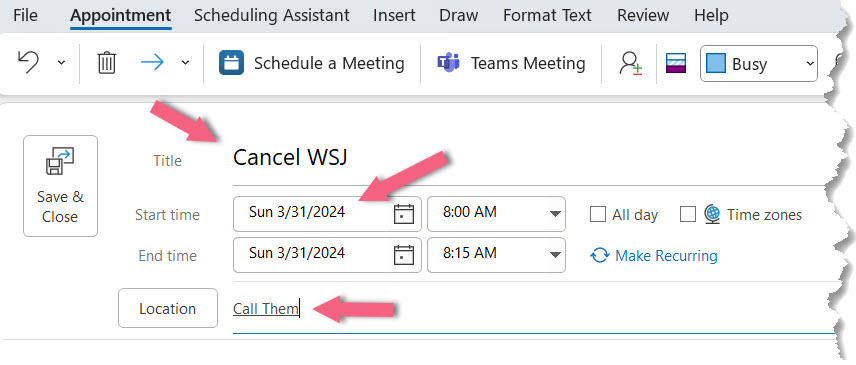There have only been two online publications I’ve subscribed to for years, The Wall Street Journal (WSJ) and Harvard Business Review. I’m not including publications like Forbes, Inc., or Bloomberg’s Businessweek. That’s because I continually switch out those publications yearly for variety.
Regarding the WSJ, I have a love-hate relationship with this publication. I enjoy the content. On the flip side, they make it difficult to cancel, which is by phone call only. After a fifteen-minute wait or thereabouts, the rep tries to change my mind while taking their dear time to end my subscription.
Now it’s time for some transparency. I guess I’m cheap. No, I have a stewardly mindset. More specifically, I don’t like the retail prices of the online version. The monthly subscription is expensive. However, let me share with you how I maintain my subscription at a very low price each month.
My 3-Step WSJ Renewal Process
My method will mean you don’t have access to WSJ’s paywall for a few weeks annually. I can live with that. Following is my low-cost recipe for being a WSJ reader:
- When I cancel my subscription after my low-cost trial period expires (that ranges from six to twelve months), I continue to scan the headlines every morning.
- Within about two weeks, I receive a new tease rate for another six or twelve months. I immediately renew at that new rate. As of this writing, I just renewed for one more year at $6.00 every four weeks. This rate includes access to Barron’s and MarketWatch.
- After renewing, I create a future calendar event in Outlook to cancel my subscription. See the image below. Within one to two weeks, I will receive another teaser rate to renew.

The optics probably look bad, but I’ve followed this cadence for as long as I can remember. Try not to judge me too harshly. Instead, blame the WSJ for providing this low-cost method for renewing after I cancel.
I think they are okay with it. Otherwise, they’d flag my account and deny access to teaser rates for one to two years. Obviously, that’s not their policy. Their focus is not on subscription revenue. They want subscribers, which boosts the rates they can charge their advertisers.

Leave a Reply